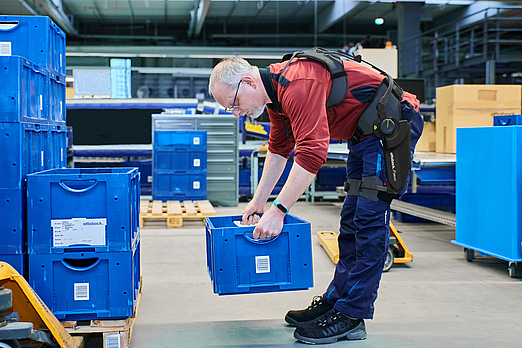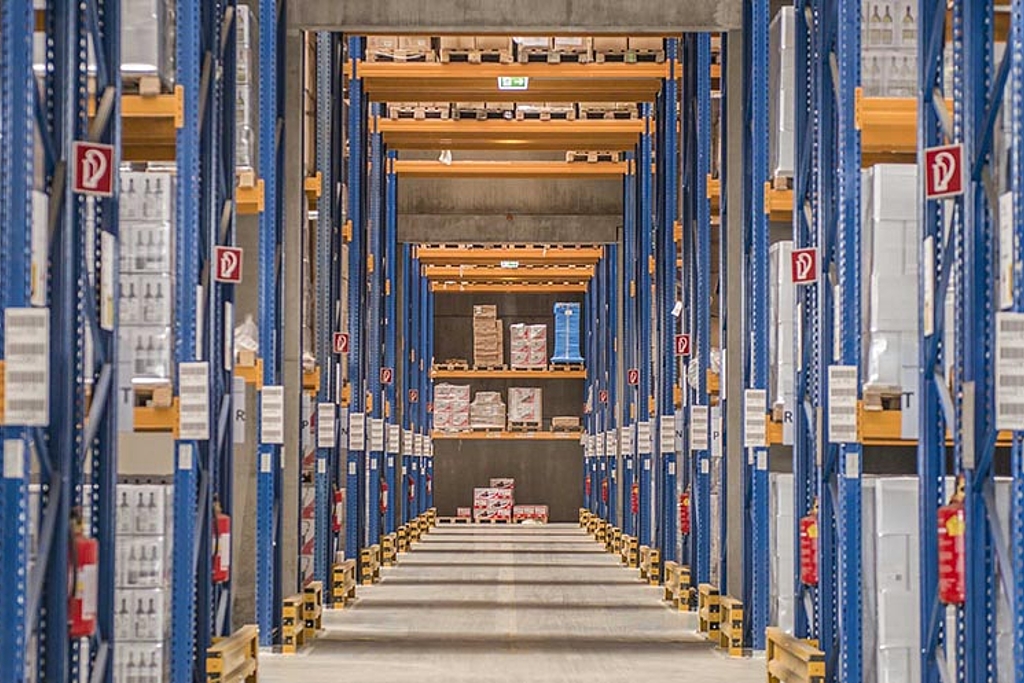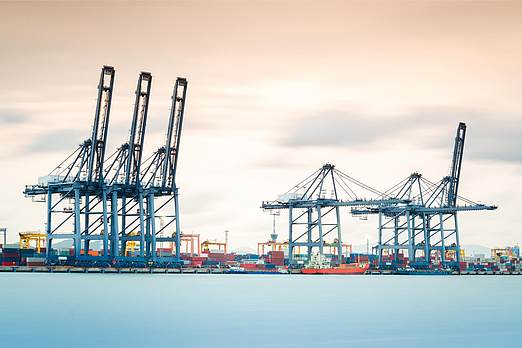When ports celebrate birthdays!
- Facts
The famous anniversary of Hamburg’s port can be traced back to an extensive charter which the legendary Emperor Frederick Barbarossa reputedly issued to the city’s residents. On May 7, 1189, he granted ships a custom-free zone on the Elbe, from the city to the North Sea. Building on this, the metropolis was able to develop into a bustling trading center and globally significant port. But was this charter document really legitimate or could it actually have been a momentous forgery? In any case, Hamburg’s residents considered it so important that they celebrate this date in grand style every year. We’ll take a look at the largest port party in the world, the allegations of forgery, Hamburg’s exciting development and how the city came to have 600 breweries.
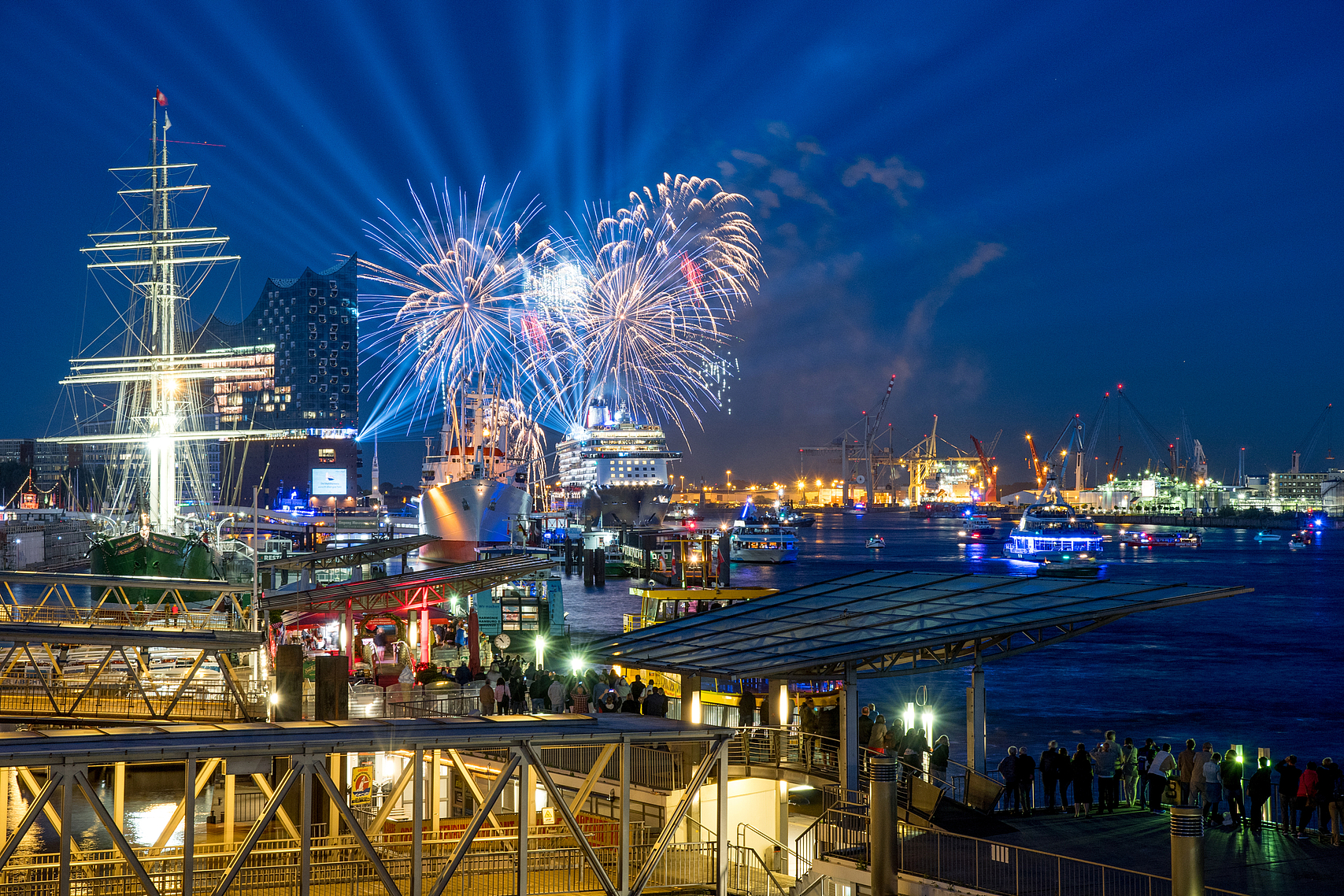
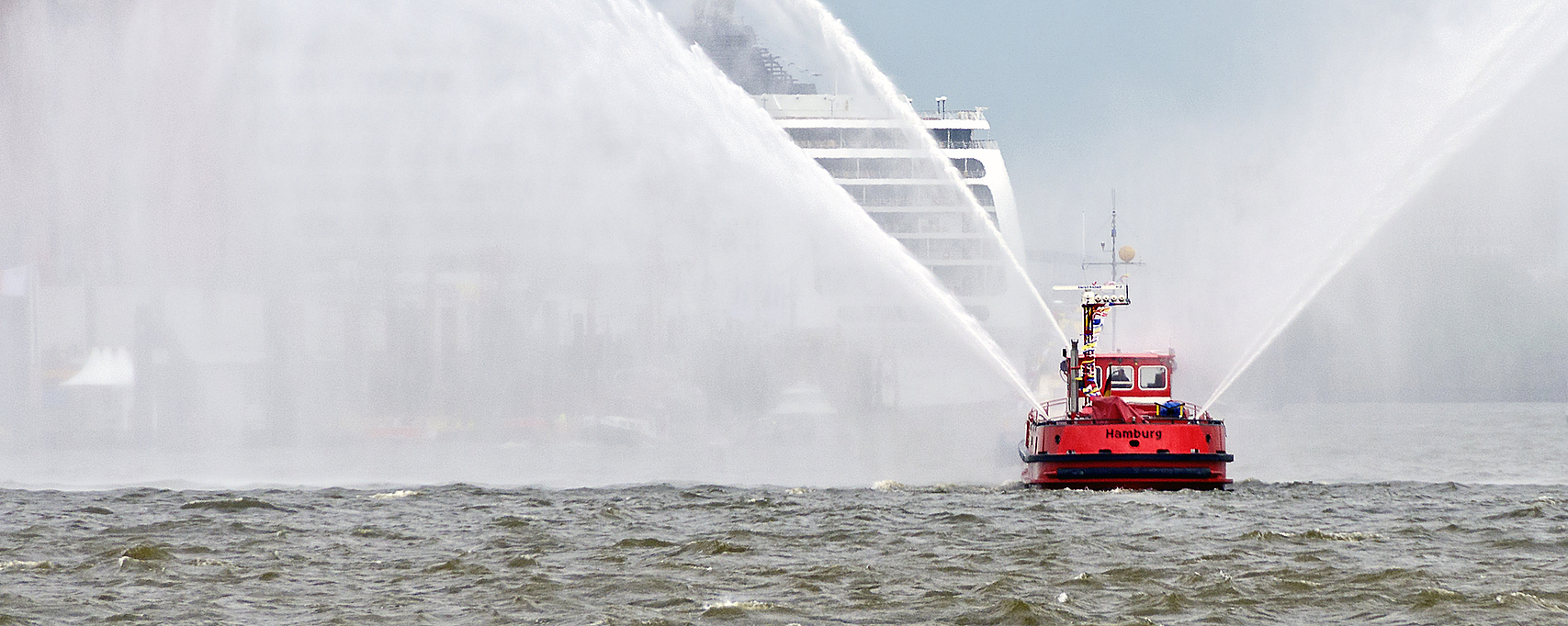


Temperature-Controlled - for temperature-sensitive goods
We offer a range of ocean freight solutions for the transport of chilled and frozen cargo from and to anywhere in the world. Our reefer sea cargo experts provide an unbroken cold chain from door to door for your temperature-sensitive goods.
Find out more

